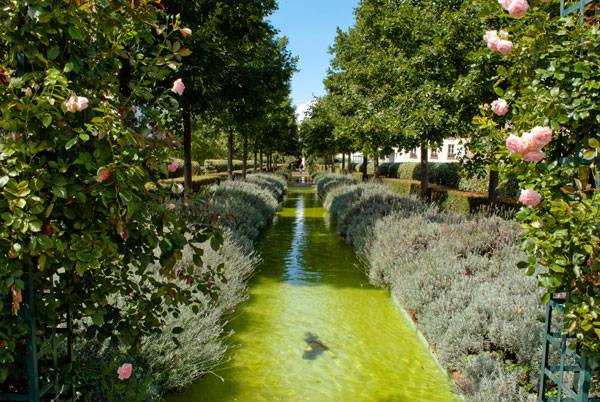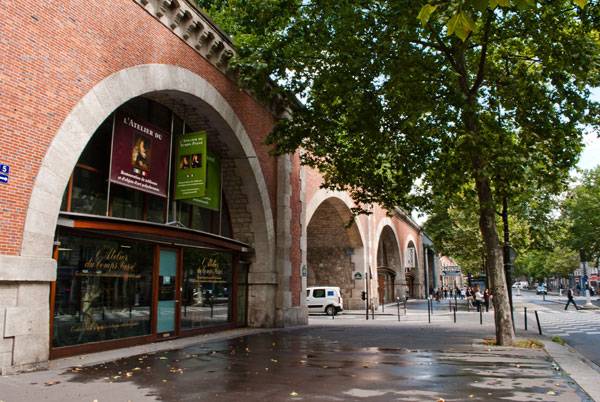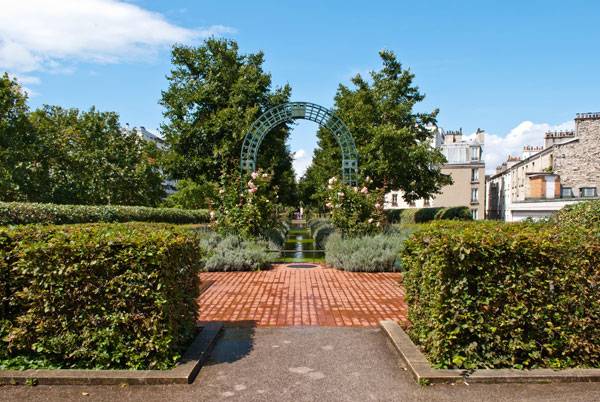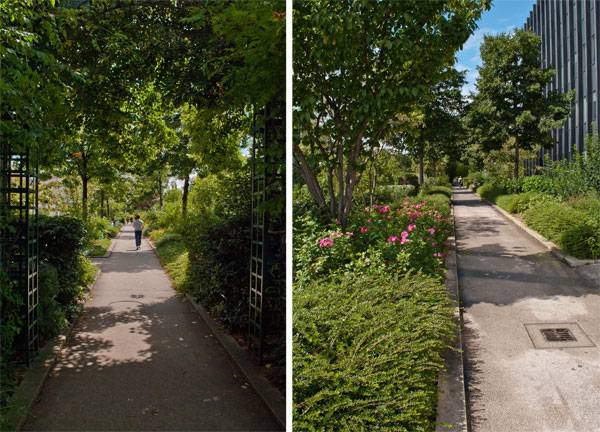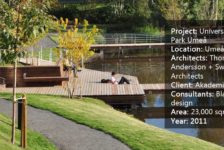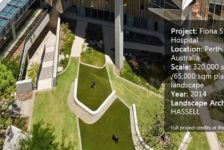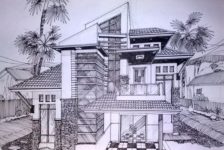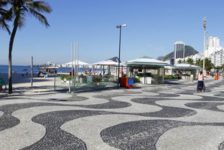Promenade Plantee, Jacques Vergely and Philippe Mathieu, Paris, France. Can you commute to your city and enjoy the experience like a tourist would? This isn’t the case in every city, but Parisiennes can get a glimpse of what visitors might see – and not just because of the fabulous monuments Paris obviously has to offer. In East Paris, in the XXI arrondissement, an abandoned, old-fashioned brick viaduct is the starting point for an inspired requalification that has created a significant change for the city, its citizens, tourists, and for landscape architecture at large. The Promenade Plantée, also known as Coulée Vert, is the inspiration for New York City’s famous High Line Park.
An Historical Setting The viaduct was built in 1859, dismissed in 1969, and eventually restored in 1988 thanks to the master plan of landscape architect Jacques Vergely and architect Philippe Mathieu. Their Promenade Plantée is a 4.6-kilometer parkway that links Place de La Bastille with Bois de Vincennes.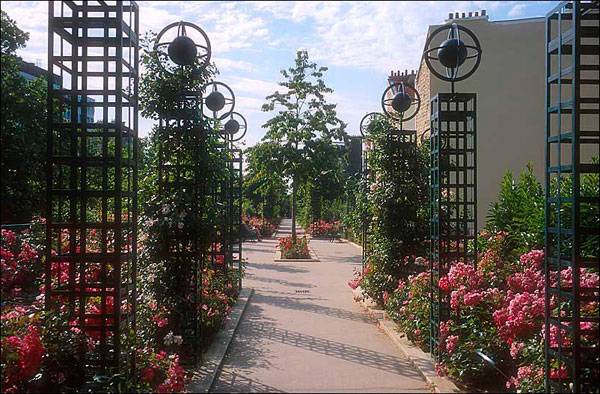
A view of the Promenade Plantée in Paris, looking west towards the Opera Bastille. Photographer: Anthony Atkielski (Agateller), CC 3.0
An Urban Revitalisation
The linear park follows the railway path: The first segment is elevated upon the Viaduct des Arts and the second is under the street grade, comprising the Promenade Verte. It crosses 20 city blocks, slices through two buildings, opens into new gardens, creates access to the city with green stairs and bridges, and restores and revitalizes an area that was one of the poorest in the city because of the decaying railway and the related hidden danger inside.
It is interesting to see what has happened downstairs, below the Viaduct, in the first segment of the Promenade: All the vaults have been restored and transformed into art shops, giving a really strong personality and sophisticated value to the large pedestrian area along the main street. Indeed, following the willingness of the municipality, all of the shop windows speak the same architectural language of wood, metal, and glass, giving unity and harmony to the whole street. WATCH: A picture show of Promenade Plantée The second segment of the Promenade is accessed by a descending bridge that spreads into a large lawn. From here, the path runs below street level and has a more spontaneous impact. It expands in several places, with small gardens giving the sensation of being deep in a natural area, emphasized by the lack of architectural language in favor of lush wild climbers, unpruned trees, ground cover plants and a tunnel in a grotto, with stones and flushing water. A Driving Force for Change Working as a neighborhood connector, the Promenade Plantée is also the driving force behind improvements in the areas it crosses: About 80 decaying buildings have been restored and new contemporary ones built. Indeed, you can walk through the city from the viaduct’s heights and choose one of numerous exits that bring you down into the depths of the city or into four new gardens that have sprung up off the Promenade. Walking on the viaduct from Place de La Bastille to Bois de Vincennes, we find Jardin Hector-Malot (two terraced gardens with regular architecture and vegetation), reach the street level by a curved wooden bridge into the Jardin de Reuilly (the bigger garden that enlarges the Promenade into a lawn bowl surrounded by thematic gardens, fountains, and pools).
“Creative Commons Promenade Plantée”. Source Promenade plantée in Paris, by La Citta Vita, licensed under CC 2.0
- The Flying Parks- From The Highline in New York to The Promenade Plantée in Paris!
- 10 Incredible Projects For Students To Know About And Why!
- The World Without Landscape Architects!
- High Line: The Inside Story of New York City’s Park in the Sky by Joshua David
- Joel Sternfeld: Walking the High Line by Joel Sternfeld
Article by Valentina Ferrari Return to Homepage
Published in Blog


